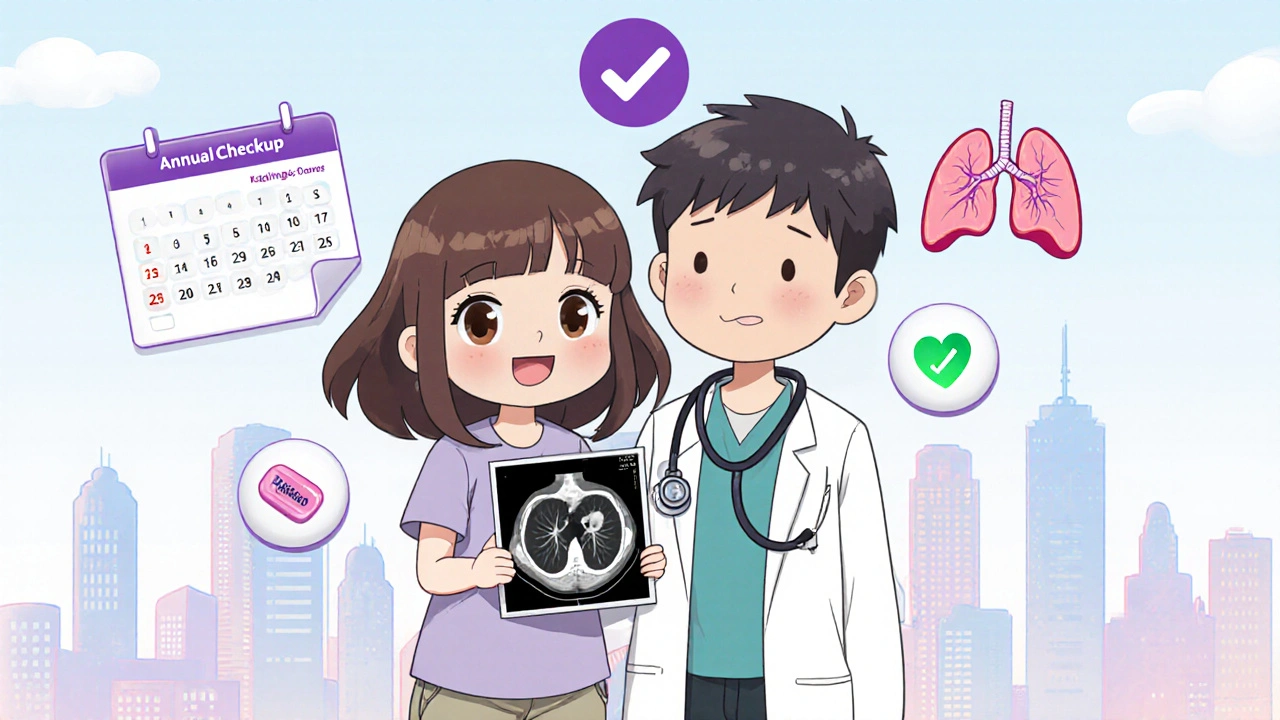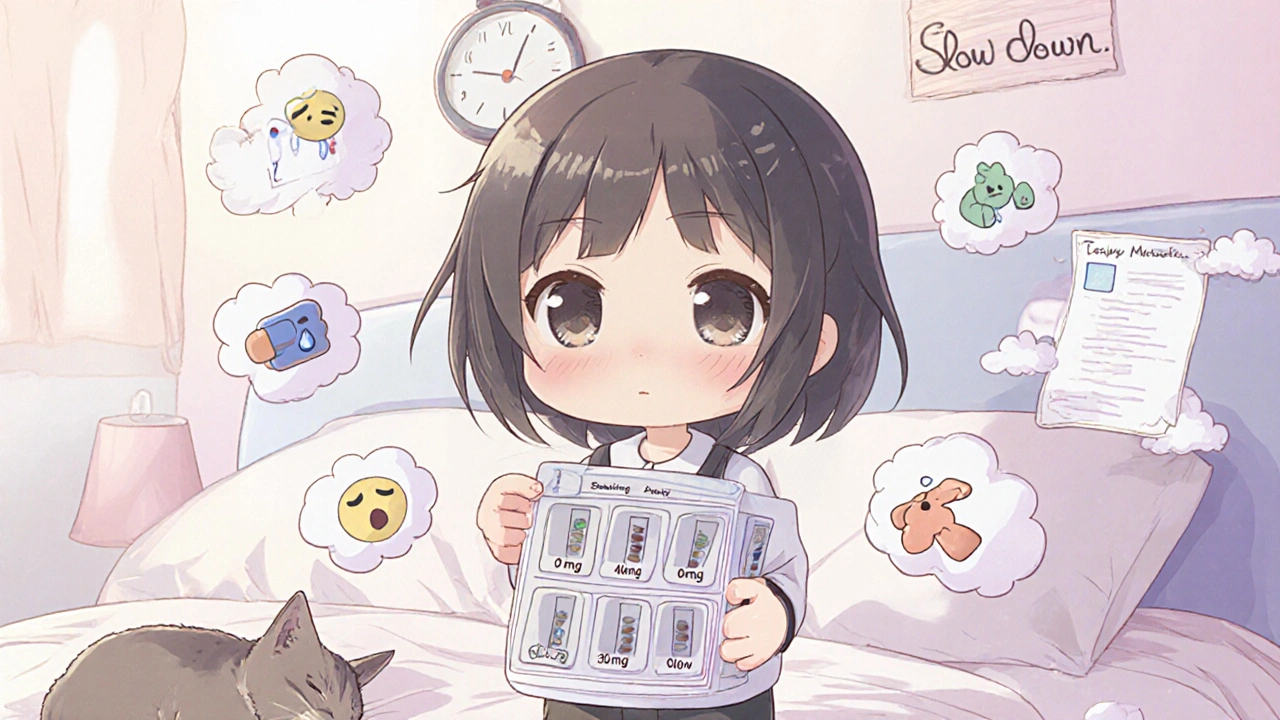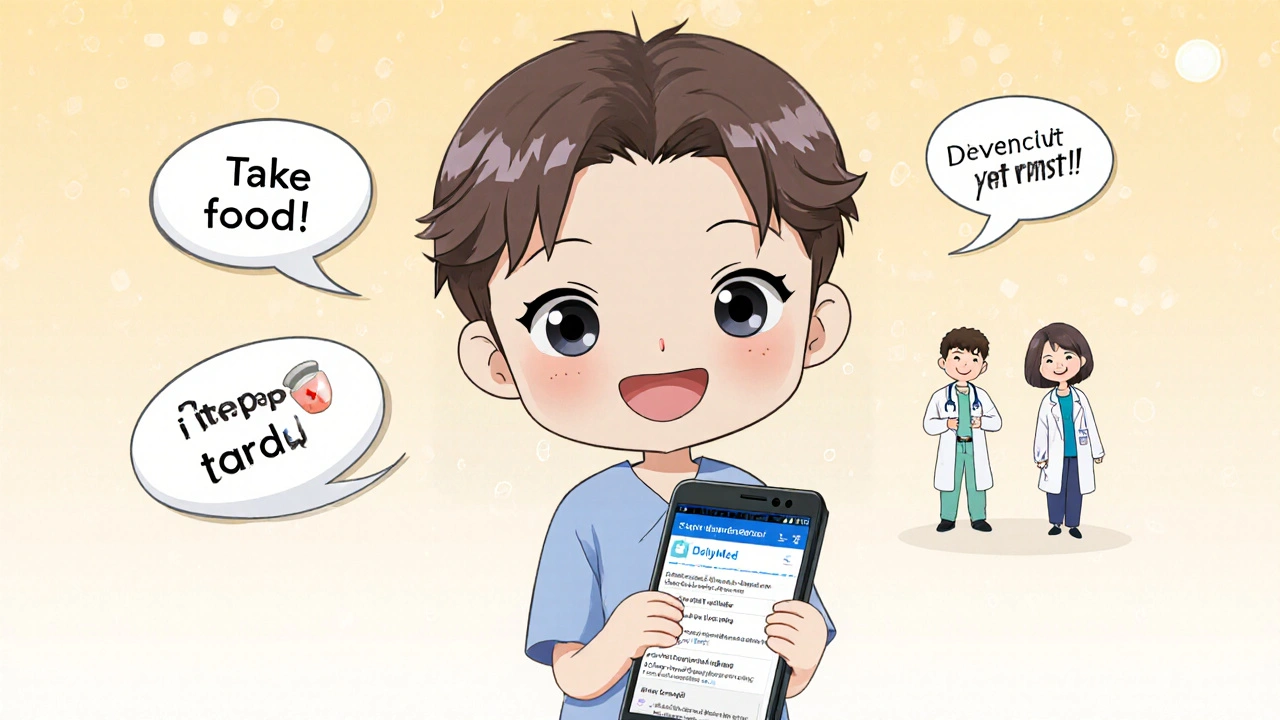Early Refills: When You Can Get Your Prescription Early and What to Watch For
When you run out of medication before your next refill is due, early refills, the process of getting a prescription filled before the standard refill date. Also known as early prescription fills, it’s not just about convenience—it’s often tied to your health, insurance rules, and how your pharmacy tracks controlled substances. Most pharmacies and insurers set refill windows based on the days’ supply listed on your prescription. For example, if you got a 30-day supply of a blood pressure pill, you usually can’t refill it until day 27 or 28. But sometimes, life happens—you travel, you miss a dose, your pill bottle gets lost, or your symptoms flare up. That’s when early refills become necessary.
Not all medications qualify for early refills. Controlled substances, drugs like opioids, benzodiazepines, and stimulants regulated by the DEA have strict rules. Even if you’re out, you might not get an early refill unless your doctor calls in a new prescription or approves an exception. On the other hand, non-controlled medications, like statins, thyroid pills, or blood pressure drugs often have more flexibility. Many insurers allow early refills if you’ve used at least 70-80% of your supply. Some even let you refill early if you’re going on vacation or if your doctor changes your dose.
But here’s the catch: frequent early refills can raise flags. Pharmacies monitor refill patterns to spot potential misuse or diversion. If you’re asking for early refills every month on a painkiller, your pharmacist might contact your doctor. Insurance companies also track this—if you’re getting early refills too often, they might deny future requests or require prior authorization. That’s why it’s always better to talk to your doctor first. They can adjust your prescription, extend your supply, or explain why an early refill isn’t safe in your case.
What about pharmacy policies? Independent pharmacies often have more leeway than big chains. They know their patients, can call your doctor on the spot, and may approve an early refill based on your history. Big chains? They follow automated systems. If the software says no, you get a no—unless you escalate it to a pharmacist manager. And don’t forget insurance. Medicare Part D, Medicaid, and private plans each have their own rules. Some let you refill early once a year. Others don’t allow it at all unless it’s a documented emergency.
You’ll also find that some conditions make early refills more common. People on long-term steroids, like those managing autoimmune diseases, often need to adjust doses quickly. Those on blood thinners might need a refill early if they’re going into surgery. And patients with chronic conditions like diabetes or asthma often rely on consistent access to meds—miss a day, and symptoms can spiral.
Below, you’ll find real-world guides on how medications interact with your body, how insurers control access, and what to do when your prescription runs out too soon. Whether you’re dealing with steroid tapers, blood thinners, or just trying to stay on top of your daily pills, these articles break down the rules, risks, and workarounds—without the jargon.





